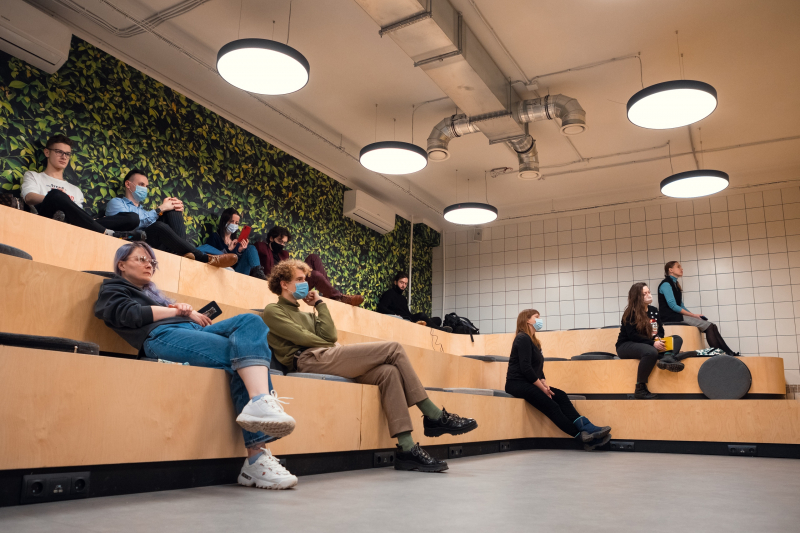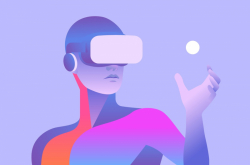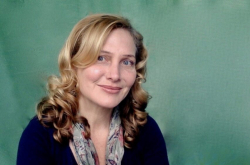The event’s main goal was to introduce the general public to the field of digital humanities studies and provide a platform where all interested parties could discuss the subject and acquire new skills at the same time.
The first DH Week was organized by ITMO’s DH Center in January 2019; last year, the second iteration of the event brought together more than 200 guests and 15 speakers who hosted 12 lectures and workshops.
This year’s event opened with a plenary discussion that involved Antonina Puchkovskaia, the head of DH Center, and her long-time colleagues: Kimon Keramidas, a professor at New York University, and David Wrisley, a professor at NYU Abu Dhabi. They spoke about the specifics of teaching DH at universities, dealing with communication issues in academia, the advantages and disadvantages of working with institutions, and the development of digital humanities as a scientific field.
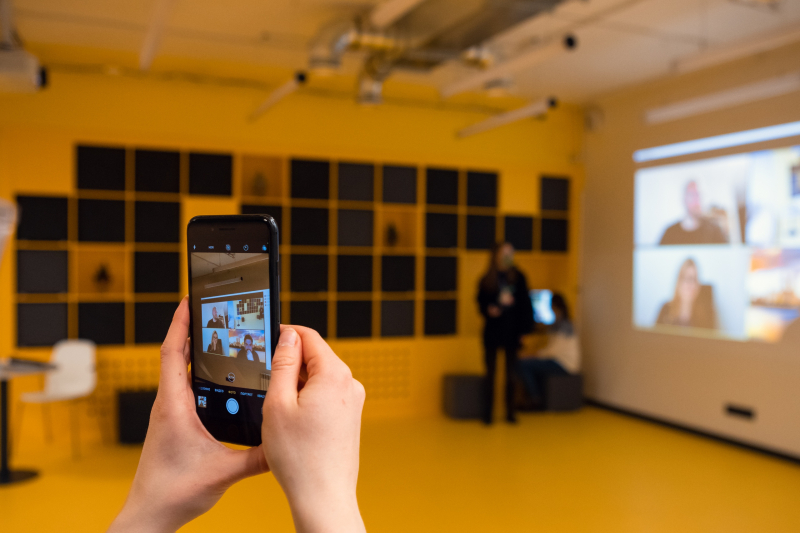
DH in Russia and the world
The first topic of discussion among the speakers was the issue of forming a community for digital humanities specialists – namely, the importance of looking for collaborators, establishing connections between colleagues, and uniting them into a community. This is an especially pressing issue in Russia: in the West, computing and digital methods are being integrated into the humanities quite actively and for some time now. But in Russia, such interdisciplinary approaches are still met with confusion from the scientific community and cultural institutions alike.
“Four years ago, I went to the DH Week in New York; it was there that I became acquainted with the international community and met my colleagues, including Kimon. One challenge I faced upon my return to Russia was a lack of a similarly close-knit and welcoming community. Sure, there were laboratories at the Higher School of Economics and in Krasnoyarsk and Perm, but there wasn’t one shared community, so it had to be made from scratch. That was one of the reasons for launching our Master’s program: we involve students in DH projects and thus expand our community. And the DH Week in St. Petersburg, too, is an attempt at bringing people together and helping them familiarize themselves with digital humanities and teach them to use computing methods in their research. Ideally, we’d like to not only foster a strong community of DH specialists, but to also integrate it into the international community, thus opening up new opportunities for the creation of exciting projects,” said Antonina Puchkovskaia.
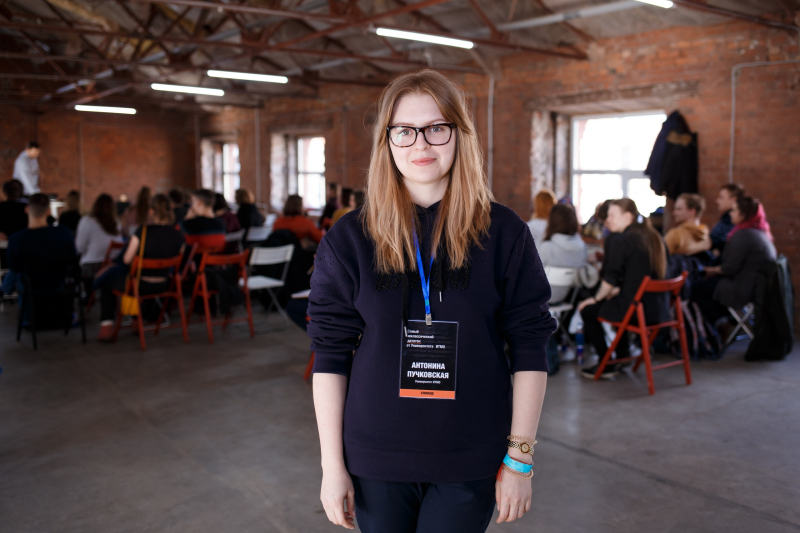
Kimon Keramidas and David Wrisley, for their part, noted the impressive rate at which the digital humanities field is developing in Russia, especially considering that it has only formed several years ago. Prof. Keramidas recalled how difficult it had been to convince the universities and institutions of New York to take part in the first DH-themed events and share their knowledge and expertise. David Wrisley noted that the field’s successes in Russia are owed largely to the willingness of the state institutions to change.
“I’m amazed with how quickly DH culture is growing in Russia – thanks to ITMO in particular. It speaks not only to the strength of specific individuals’ heartfelt passion and motivation, but also to the various institutions’ openness and readiness for change. I’m sure that many universities around the world are greatly interested in digital humanities, but are also afraid of change and not willing to try new things,” he said.
Antonina Puchkovskaia pointed out that in the context of Russia, it’s nearly impossible to establish a new scientific discipline purely through discussion. To gain the trust of cultural institutions and the recognition of the scientific community, it’s necessary to showcase complete projects and present results – and as quickly and effectively as possible, too.
St. Petersburg is in a perfect position for that: here, matters of cultural heritage and its popularization are treated with special attention, while cultural institutions are home to extensive databases and varied content that needs to be digitized and made more accessible.

Approach to teaching
Another important point of discussion was the question of how digital humanities – which is, for one, still a rather experimental and novel discipline, and, secondly, implies an interdisciplinary approach at the intersection of computer, engineering, and human sciences – should be taught to students.
Antonina Puchkovskaia spoke about her experience of launching a Master’s program at ITMO: the first challenge she had to face was having to adapt the university’s existing programming curriculum to the needs of DH students.
“ITMO Is known predominantly as an IT university. But the issue is that the lecturers know how to teach programming with Python and R – not the most complicated languages, for the most part – but they don’t always understand how to adapt their teaching approach for students with a background in humanities; how to make it more accessible; how to help students understand how they could apply these skills in their projects,” she said. “We also have students with a background in IT who need to be taught the fundamentals of humanities, such as the philosophy of science. And they also need soft skills, such as the ability to visualize their data and present projects. We’re still honing our program and constantly modifying it to make it more beneficial to our students – which, by the way, grow in number with every year.”
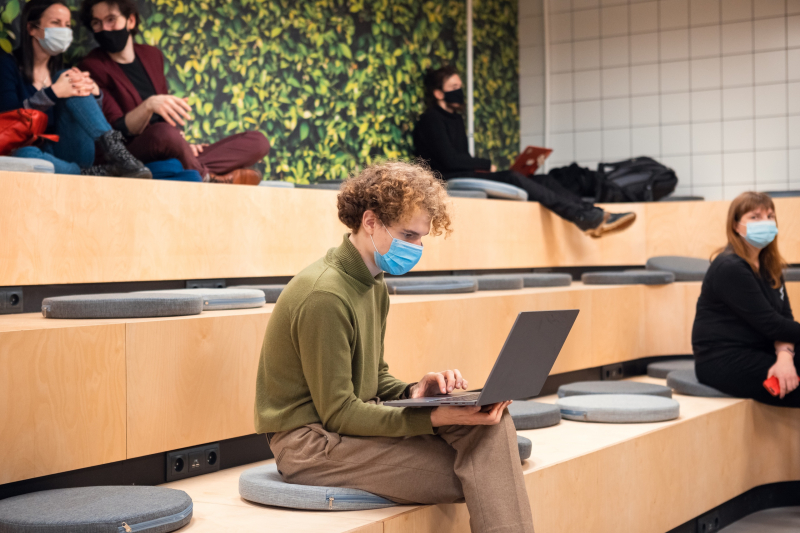
Kimon Keramidas noted that it’s important to not only teach students programming, but to also give them a deep understanding of how algorithms work, how data sets are collected, and how the relevance of information is determined. As an example, he brought up one of his students’ less-successful projects: they had attempted to analyze depictions of the future in science fiction, but only used texts available in open access, which tend to be of extremely low cultural value (as the truly important and high-quality works are rarely made openly available).
He also noted that DH research requires a high level of expertise in several disciplines at once; that’s why at first, when they lack experience and skills, it’s very important for students to receive mentor support.
“As for teaching, I don’t do it alone and I always invite specialists to give lectures. I can’t teach these things as well as my colleagues can. That’s another key quality that makes DH different from other specializations: it calls for expertise in many fields,” he concluded.
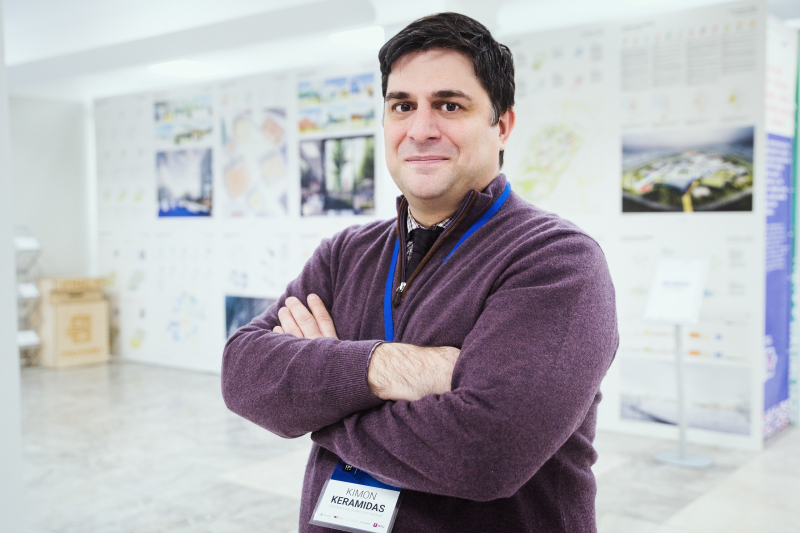
Isolation or unification
The discussion then focused on the subject of isolation among DH researchers as well as the discipline’s potential as a point of unity among specialists from different fields. David Wrisley spoke about the early days of his academic career as a European medievalist – which caused him to become completely isolated from his colleagues when he moved to the Middle East. The new interdisciplinary approach, too, was for a long time met with confusion in Abu-Dhabi’s academic community: from machine learning data and big data specialists as well as from his colleagues in the humanities.
“Your potential partners among institutions are doing what they themselves are interested in – this is the most important thing to keep in mind when working with them. At first, they might not understand why they need you and your digital technologies. But the thing about DH researchers is precisely the fact that they’re able to bring people from totally different fields together over one subject. Digital approaches unite us as researchers: in the challenges that we face, in the ways in which we interact with the objects of our research, in the methods that we use to collect data. But the core mission – building a shared community – can make you feel very lonely, as few understand the value and importance of such interdisciplinary research,” said the professor.

Kimon Keramidas agreed that he, too, often faces communication issues and even resistance from his colleagues in the scientific community. At the New York University’s DH lab, students are involved in all sorts of extravagant experiments, such as studying the role of ice cream in American hardcore music. But the more truly well-made projects appear, the more eager institutions become to collaborate.
One such example is the large-scale and, in some regards, pioneering project Sogdians: Influencers on the Silk Road. It is a full-fledged digital exhibition dedicated to the history of the Silk Road developed at the Smithsonian Museum’s Freer-Sackler gallery of Asian art in collaboration with the State Hermitage Museum.
“For the longest time, museums have feared that sharing digital copies of their collections would reduce the number of their visitors. But in fact, it was the other way around: people literally flocked to the museums. This was all thanks to the content becoming accessible and presented in the right light: people saw something online that they couldn’t even imagine existed, and it motivated them to go and see it in real life. That’s the main goal of our work: to make these projects public, accessible, and interesting. And the DH methodology lets us work with any topic and cater to all sorts of audiences,” concluded Prof. Keramidas.
